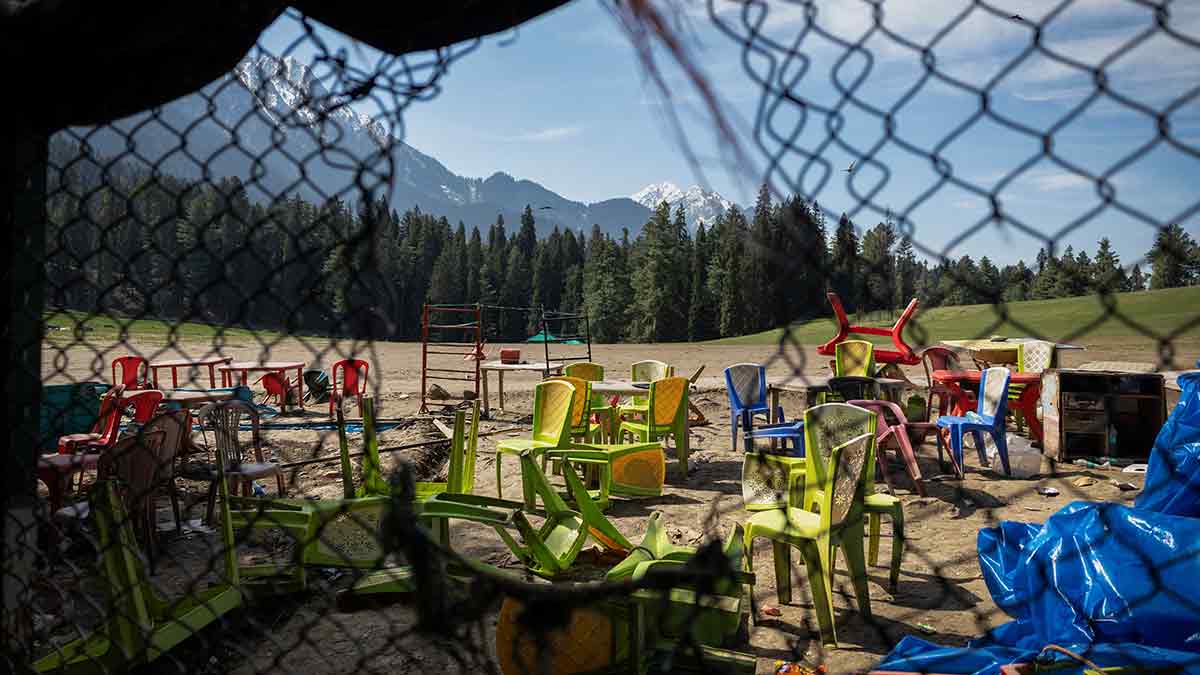Kashmir tourism boost: Pahalgam cable car project awaits NIA clearance
 Cross-border menace: The tourist spot in Baisaran valley near Pahalgam after the terror attack on April 22 | Reuters
Cross-border menace: The tourist spot in Baisaran valley near Pahalgam after the terror attack on April 22 | Reuters
The Jammu and Kashmir government is seeking clearance from the National Investigation Agency (NIA) to begin work on the cable car project between Pahalgam and Baisaran, where 26 tourists were killed in a terror attack on April 22.
This was stated by Chief Minister Omar Abdullah, who holds the tourism portfolio, in the assembly in reply to a question by Pahalgam MLA Altaf Ahmed Wani.
He said the project had been allotted to a company, but the work could not start “in view of the post-Pahalgam scenario.”
In a written reply, Omar said the Jammu and Kashmir Cable Car Corporation (JKCCC) has identified the route for the 1.4-km-long project connecting Yatri Niwas in Pahalgam with the scenic Baisaran meadow, also known as Mini Switzerland.
He said the project, spread over 9.13 hectares of forest land, is estimated to cost between Rs 100 and Rs 120 crore and is expected to be completed within 18 months once the work begins.
The JKCCC had floated tenders to hire a consultant for preparing the Detailed Project Report (DPR) and other documents. After a competitive bidding process, the work was allotted to Ronmas India Pvt Ltd, and an agreement was signed.
The company has not been able to carry out topographical and geotechnical studies at the site due to restrictions after the Pahalgam attack. The Tourism Department has now approached the NIA for the required clearance so that the work can start on the project.
Once complete, the cable car will boost tourism in Pahalgam by providing an easy and scenic ride to Baisaran. The project aims to revive confidence among tourists and locals after the deadly attack that dealt a severe blow to the area’s tourism economy.
After the Pahalgam attack, the Indian Air Force (IAF) carried out multiple strikes in Pakistan-based terror hubs under Operation Sindoor.
The IAF strikes led to an intense four-day conflict between India and Pakistan. India targeted several air bases in Pakistan, inflicting heavy infrastructure damage. Pakistan also launched large drone attacks on Indian military installations, especially in border areas.
Poonch district bore the brunt of Pakistani shelling, in which 15 people, including children, were killed. More than 1,500 houses and government buildings were also damaged. The hostilities ended on May 10 after the two countries agreed to a ceasefire.
India